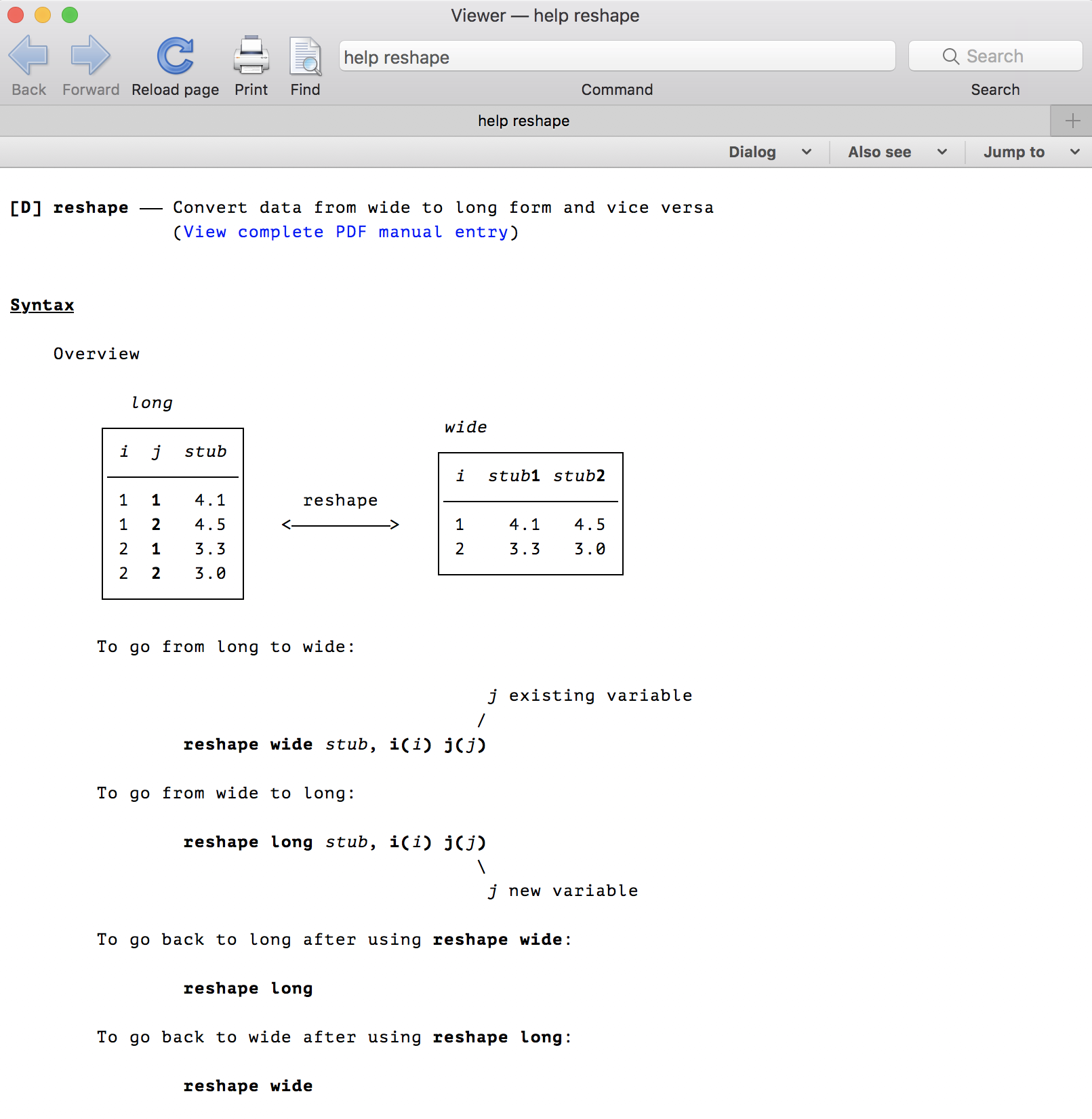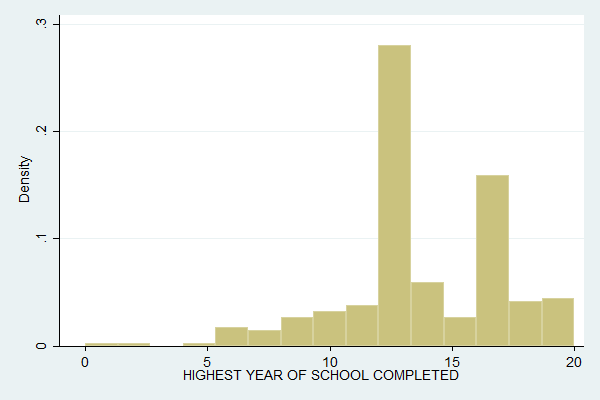
Analytic weights observations as if each observation is a mean computed from a sample of size n, where n is the weight variable.fcollapse replacing collapse , contract and most of egen (through the , merge option) join (and its wrapper fmerge ) replacing merge fisid replacing isid.* combine the two datasets and see the resultsCounting panels, and more generally groups, is sometimes possible in Stata through a reduction command (e.g., collapse, contract, statsby) that produces a smaller dataset or through a tabulation command. The other weighting options are a bit more complicated. Basically, by adding a frequency weight, you are telling Stata that a single line represents observations for multiple people.
...

Just pick the right one depending on the datasets you’re are going to combine, and what kind of end product you would like to obtain from the merging.View the entire collection of UVA Library StatLab articles. If you get more records in a dataset, which we normally do, you can summarize this _merge variable to see if you have any mismatched case.* use the dads file as master file and kids file as using fileSo the steps are really the same for one-to-one and one-to-many merge. In this example, we can easily inspect every observation to see if they are matched.


 0 kommentar(er)
0 kommentar(er)
